Rising Demand in HVAC Systems
The Digital Temperature and Humidity Sensor Market is experiencing a notable surge in demand, particularly within the heating, ventilation, and air conditioning (HVAC) sector. As energy efficiency becomes a priority, HVAC systems increasingly rely on precise temperature and humidity measurements to optimize performance. According to recent data, the HVAC market is projected to grow significantly, with a compound annual growth rate (CAGR) of approximately 6.5% over the next several years. This growth is likely to drive the adoption of digital sensors, as they provide real-time data that enhances system efficiency and comfort levels. Consequently, manufacturers are focusing on integrating advanced digital sensors into HVAC systems, thereby propelling the Digital Temperature and Humidity Sensor Market forward.
Increased Adoption in Smart Homes
The Digital Temperature and Humidity Sensor Market is witnessing a transformative shift due to the rising adoption of smart home technologies. Homeowners are increasingly investing in smart devices that enhance comfort and energy management. Digital temperature and humidity sensors play a crucial role in these systems, enabling automated climate control and monitoring. Market data suggests that the smart home market is expected to reach a valuation of over 150 billion dollars by 2025, with a significant portion attributed to climate control solutions. This trend indicates a growing reliance on digital sensors, as they provide essential data for optimizing home environments. As smart home technology continues to evolve, the Digital Temperature and Humidity Sensor Market is likely to expand in tandem.
Growing Awareness of Climate Change
The Digital Temperature and Humidity Sensor Market is increasingly shaped by the growing awareness of climate change and its impacts. As individuals and organizations become more conscious of their environmental footprint, there is a heightened focus on energy conservation and sustainable practices. Digital temperature and humidity sensors are integral to these efforts, as they facilitate better energy management in buildings and industrial processes. Market analysis indicates that the demand for energy-efficient solutions is on the rise, with many sectors seeking to reduce energy consumption by up to 30%. This trend is likely to bolster the Digital Temperature and Humidity Sensor Market, as stakeholders recognize the value of accurate environmental monitoring in achieving sustainability goals.
Regulatory Standards and Compliance
The Digital Temperature and Humidity Sensor Market is significantly influenced by stringent regulatory standards and compliance requirements across various sectors. Industries such as pharmaceuticals, food and beverage, and agriculture are mandated to maintain specific temperature and humidity levels to ensure product quality and safety. For instance, the pharmaceutical industry requires precise environmental monitoring to comply with Good Manufacturing Practices (GMP). As regulations become more rigorous, the demand for reliable digital sensors that can provide accurate and continuous monitoring is expected to rise. This regulatory landscape not only drives the adoption of digital temperature and humidity sensors but also encourages innovation within the market, as manufacturers strive to meet compliance standards.
Technological Advancements in Sensor Design
The Digital Temperature and Humidity Sensor Market is benefiting from rapid technological advancements in sensor design and functionality. Innovations such as miniaturization, enhanced accuracy, and wireless connectivity are transforming the capabilities of digital sensors. These advancements enable more versatile applications across various industries, including agriculture, healthcare, and manufacturing. For example, the integration of wireless technology allows for remote monitoring and data collection, which is increasingly sought after in modern applications. Market projections suggest that the sensor technology sector will continue to evolve, with a focus on developing smarter, more efficient devices. This ongoing innovation is likely to drive growth within the Digital Temperature and Humidity Sensor Market, as businesses seek to leverage cutting-edge technology for improved operational efficiency.

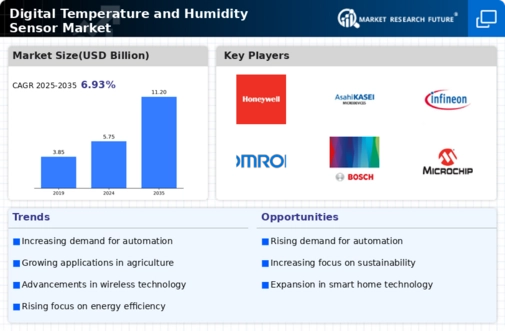
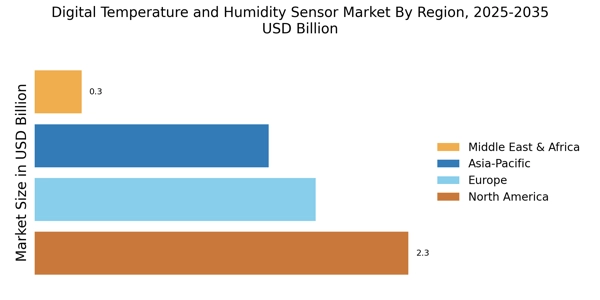
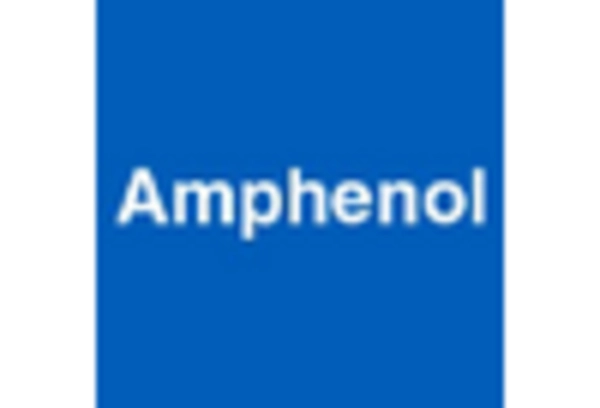
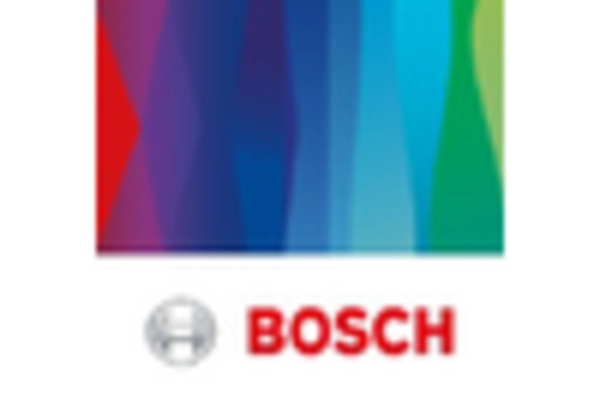

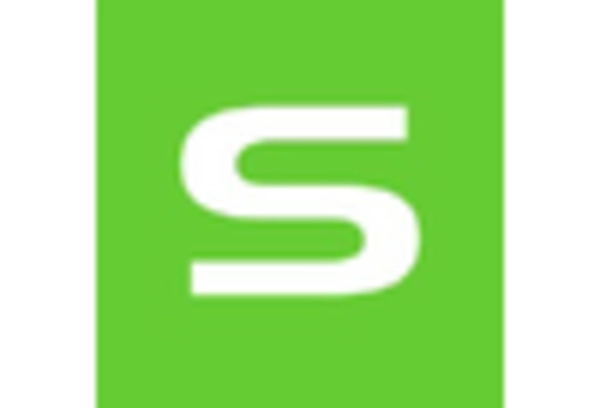










Leave a Comment